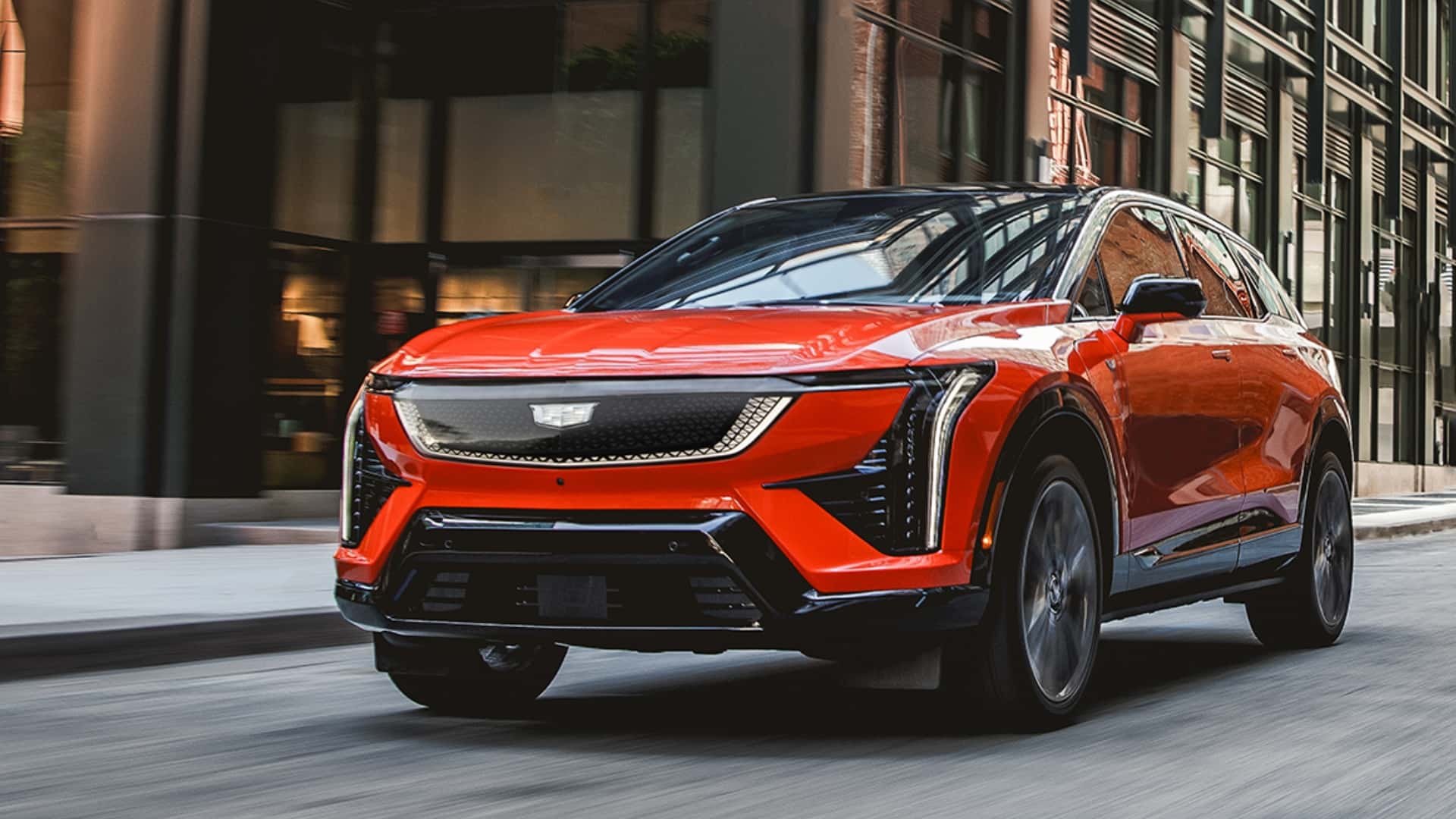Cadillac’s Rise as America’s Leading Luxury EV Brand
Once considered a struggling brand, Cadillac has emerged as the top luxury electric vehicle (EV) brand in the United States. The company is not only leading in sales but also setting new standards for innovation and design in the EV market. This remarkable turnaround highlights how Cadillac is redefining its identity and capturing the attention of consumers who are increasingly shifting toward electric vehicles.
A Full Lineup of Electric Vehicles
Cadillac has launched a comprehensive range of electric vehicles, from compact crossovers to high-end models priced over $300,000. These include the Optiq, Lyriq, Vistiq, Escalade IQ, and the flagship Celestiq. Each model showcases Cadillac’s commitment to blending cutting-edge technology with luxurious design. The Celestiq, in particular, is a hand-built electric vehicle that represents the pinnacle of Cadillac’s engineering and craftsmanship.
This diverse lineup is part of Cadillac’s broader strategy to become a leader in the EV market. According to John Roth, Vice President of Cadillac, the brand has already achieved this goal, as it was the best-selling luxury EV brand in the U.S. last quarter.
A New Era for Cadillac
For Cadillac, this success marks a significant shift from its past struggles. The brand had long been associated with its historical prestige rather than its current offerings. However, the introduction of these new EVs has reignited interest in the brand, especially among younger buyers. The average age of buyers for the Escalade IQ and Vistiq is around 47 or 48, significantly younger than the typical luxury car buyer, who is in their mid-50s.
The brand’s efforts to attract new customers have been successful, with high conquest rates for models like the Lyriq and Optiq. Over 76% of Optiq buyers and 79% of Lyriq buyers are new to Cadillac, indicating a strong shift in consumer preferences.
Competition and Market Dynamics
While Cadillac is gaining traction, it faces competition from other luxury brands. Lexus, for example, has only one EV on the market, which is seen as somewhat underdeveloped. However, an upgraded version is expected soon. In contrast, Cadillac offers a wide array of EVs with innovative features such as Super Cruise, advanced software tailored for EVs, and competitive leasing options.
Roth highlighted that many luxury buyers, including those from Tesla, Mercedes, and Audi, are now choosing Cadillac. This shift underscores the brand’s ability to provide a compelling combination of performance, technology, and customer experience.
Challenges Ahead: Profitability and Market Shifts
Despite its success, Cadillac still faces significant challenges, particularly in achieving profitability. Many legacy automakers struggle to make a profit on EV sales, even with tax credits. As these incentives fade and tariffs increase the cost of materials, the financial pressure on EV manufacturers will intensify.
General Motors, Cadillac’s parent company, has scaled up its EV business more than any other American automaker. While GM claims its EVs are “variable profit positive,” this term is not widely recognized and includes factors like avoiding regulatory credit purchases.
Roth remains optimistic about Cadillac’s position, citing its strong presence in the U.S. manufacturing sector. Cadillac offers more U.S.-built models than any other luxury brand, which gives it a unique advantage in the market.
The Road Ahead
Reviving Cadillac has been no small feat, but General Motors has managed to turn the brand around. The question now is whether Cadillac can maintain its momentum as the EV market continues to evolve. With a strong lineup of vehicles, a dedicated dealer network, and a growing customer base, Cadillac is well-positioned to lead the luxury EV segment in the years to come.






